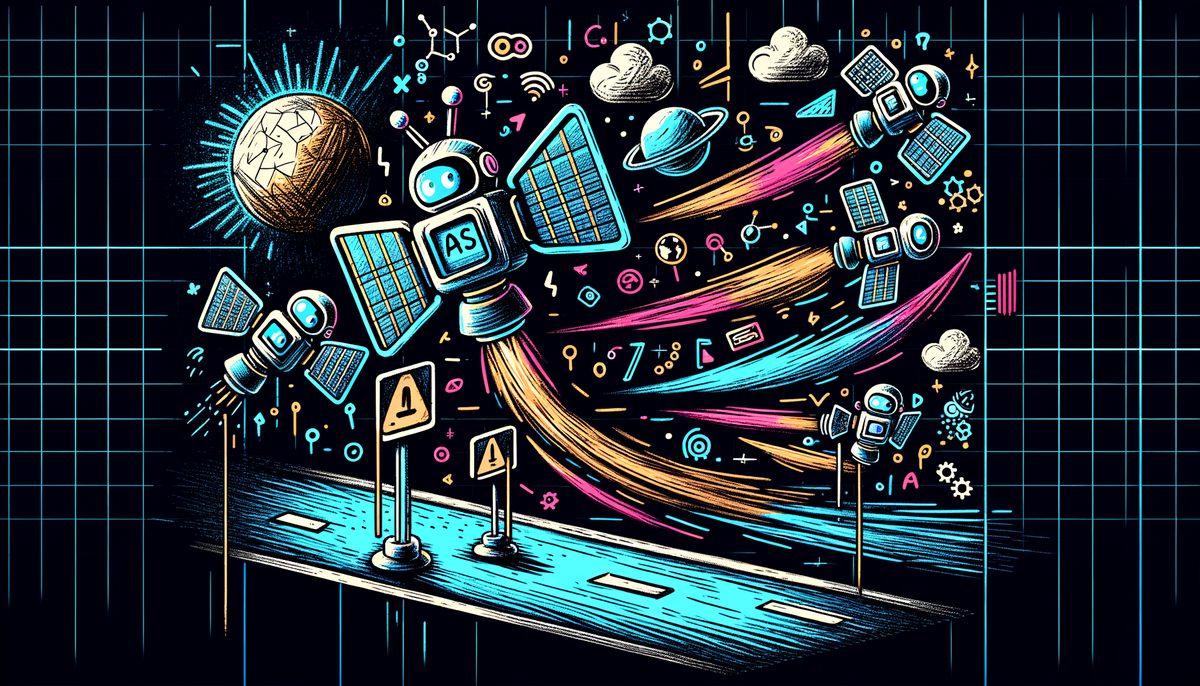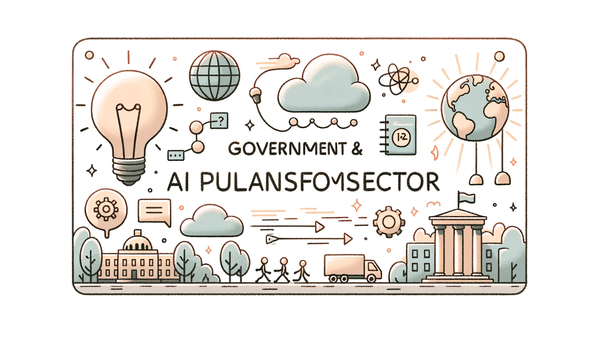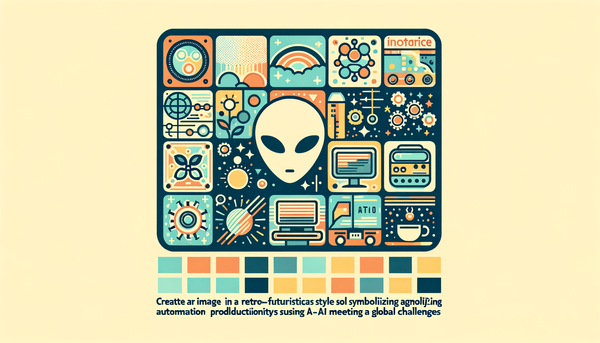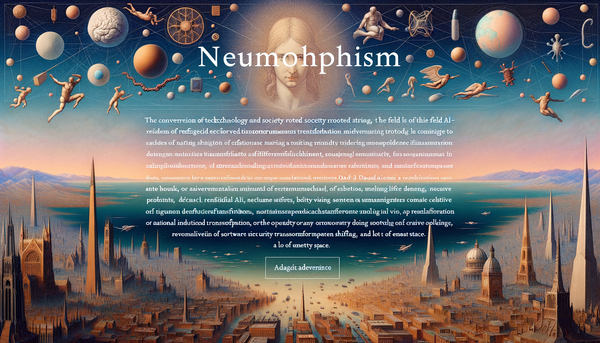Meta Expands AI Innovations and Their Impact

The rapid evolution of artificial intelligence is reshaping many industries, as various sectors leverage AI to revolutionize operations and introduce cutting-edge technological advancements. From healthcare to energy trading, and even consumer electronics, AI is making its presence felt in a big way by transforming processes and introducing efficiencies that previously seemed like the stuff of science fiction. This article dives into how AI is speeding up developments in precision oncology, environmental sustainability, energy trading, and tech innovation, drawing connections between these areas and highlighting the latest breakthroughs.
The Impact of AI on Precision Oncology
Artificial intelligence is increasingly considered a game-changer in the field of precision oncology. AI's contribution to cancer treatment enhances the screening and profiling of tumors, optimizing treatment plans personalized to patient needs. A comprehensive review illustrates that AI is not merely piecing together available data but is actively participating in predictive analysis to enhance treatment outcomes, thus fostering a new era of healthcare where personalized therapy becomes the norm.
AI has shown promise in expediting processes that traditional methods handle less efficiently. By predicting patient responses and tailoring treatments, AI plays a vital role in making clinical trials more precise, thus reducing the time to market for new therapies. However, the transition to integrating AI solutions in clinical settings isn't without its challenges. As noted in the Nature article, what holds the key to unlocking AI's potential in oncology is overcoming data quality and model accuracy hurdles that have long plagued medical research.
The journey towards using AI in medical applications reflects broader technological trends. As Albert Einstein famously stated, "The measure of intelligence is the ability to change." While AI stands on the brink of profound impacts in oncology, it requires careful navigation through the ethical and technical challenges inherent to healthcare.
Meta’s Vision with Llama 4: Conversation AI Takes Center Stage
Meta's introduction of Llama 4 represents a significant leap in voice-powered AI, which CEO Mark Zuckerberg envisions as the company's future backbone. By investing $65 billion in AI, Meta is exploring how conversational interfaces can take interaction beyond mere text, creating seamless dialogues between technology and users. The Llama 4 project is more than an advancement in technology; it hints at the future of digital interactions—one where conversations with devices might feel eerily human.
Incorporating AI in everyday interactions has vast implications. As seen with products like smart glasses, this shift may indeed make smartphones less essential to daily life. Just as Clara Shih suggests, the future may hold an AI representative for every business, fundamentally changing customer support from a logistic afterthought to a harmonized element of user engagement.
If our era is the next Industrial Revolution, as many claim, AI is surely one of its driving forces.- Fei-Fei Li, The Quest for Artificial Intelligence
Pioneering Green Material Discovery: PhaseTree's Vision
Amid calls for sustainable practices in industries, PhaseTree utilizes a unique "physics-first, AI-on-top" model to fast-track discoveries in green materials—significantly impacting industries such as battery production and renewable energy. By aligning physics with AI, PhaseTree is poised to lead a sustainable transformation that is both practical and adoptable at scale. The article originally from The Next Web (source) elucidates how PhaseTree's innovation not only accelerates the discovery process but also emphasizes materials that can be produced and applied realistically, reinforcing AI's role in eco-friendly innovation.
AI’s Reshaping of Energy Trading Dynamics
In Bologna, a shift is brewing as AI introduces profound changes to weather forecasting models, a critical component of energy trading strategies across Europe. These AI-driven weather models have dramatically improved the predictive accuracy of climate variables, paving the way for more informed trading decisions. Such precision allows traders to anticipate market fluctuations earlier than anticipated, highlighting AI's utility in navigating the dynamic energy landscape.
As AI becomes entrenched in these sectors, traders are better equipped to employ data-driven strategies to optimize pricing and resource allocation. This integration ultimately promises increased profitability and consumer-friendly pricing, both key factors as climate variability becomes a pressing concern worldwide.
Time and space are incalculable, their measure is infinite. The formulas that explicate their workings have all but been explained away. But there is one thing that remains, and always will. "The occurrence of events in the absence of any obvious intention or cause." Chance.- A.R. Merrydew, Inara
Technology Updates and the Turbulence in Hardware Markets
The GPU market is experiencing turbulence reminiscent of concert ticket frenzy. As AMD’s Radeon 9070 and 9070 XT attempt to underprice NVIDIA with compelling performance at $599, graphics card sales are in chaos, partly fueled by scalping. This upheaval is reminiscent of the essential but elusive aspects of gaming tech enthusiasts grew accustomed to, drawing parallels to other tech industry fluctuations.
Meanwhile, companies are capitalizing on AI technologies like upscaling to boost device functionality, providing a competitive edge during times of supply shortages.
Exploring the Future of AI in Consumer Electronics
Apple's introduction of the M4 MacBook Air and other tech at Mobile World Congress exemplifies ongoing advances in consumer electronics bolstered by AI. These advancements, as the Engadget Podcast explains, include integrating multi-functional AI features such as improved cameras and smarter processing capabilities. As simpler tasks become automatic, AI is poised to usher in an era where devices adapt to user needs effortlessly, thus fulfilling the once-elusive dream of seamless technology integration.




